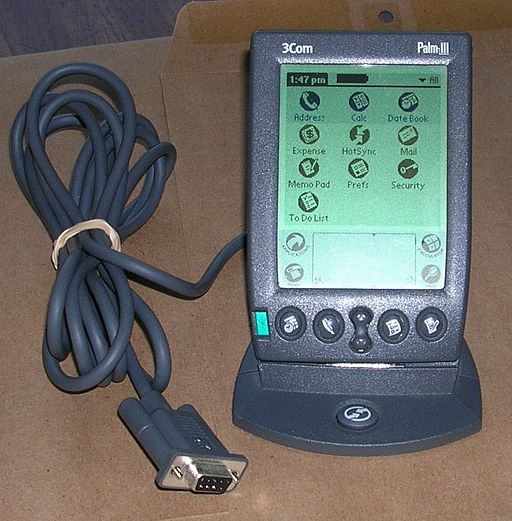Gather 'round, young'uns, for a tale from the Dark Ages of mobile programming: the days before the iPhone launched. Despite what Apple might have you believe, the iPhone wasn't the first portable computing device. Today's submitter, Jack, was working for a company that streamed music to these non-iPhone devices, such as the Palm Treo or the Samsung Blackjack. As launch day approached for the new client for Windows Mobile 6, our submitter realized that he'd yet to try the client on a non-phone device (called a PDA, for those of you too young to recall). So he tracked down an HP iPaq on eBay just so he could verify that it worked on a device without the phone API.
The device arrived a few days out from launch, after QA had already approved the build on other devices. It should've been a quick test: sideload the app, stream a few tracks, log in, log out. But when Jack opened the app for the first time on the new device, it was already logged into someone's account! He closed it and relaunched, only to find himself in a different, also inappropriate account. What on earth?!
The only thing Jack could find in common between the users he was logged in as was that they were running the same model of PDA. That was the crucial key to resolving the issue. To distinguish which device was making the calls to the streaming service, Jack used a call in Windows Mobile that would return a unique ID for each mobile device. In most devices, it would base this identifier on the IMEI, ensuring uniqueness—but not on the HP iPaq. All HP devices could automatically log into the account of the most recently used iPaq, providing the user logged out and back in, as it would generate a recent-user record with the device ID.
Jack had read the documentation many times, and it always stated that the ID was guaranteed to be unique. Either HP had a different definition of "unique" than anyone else, or they had a major security bug!
Jack emailed HP, but they had no plans to fix the issue, so he had to whip up an alternate method of generating a UUID in the case that the user was on this device. The launch had to be pushed back to accommodate it, but the hole was plugged, and life went on as usual.


